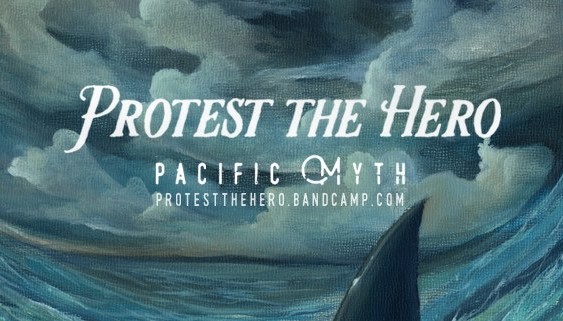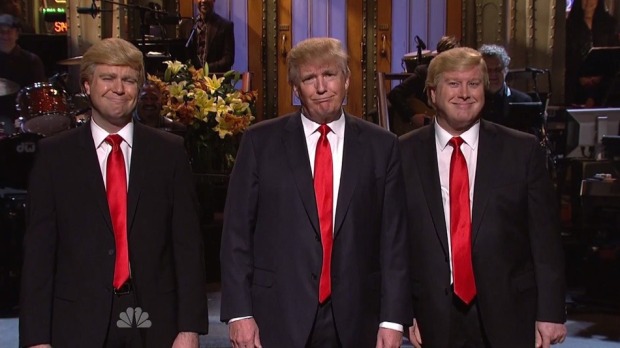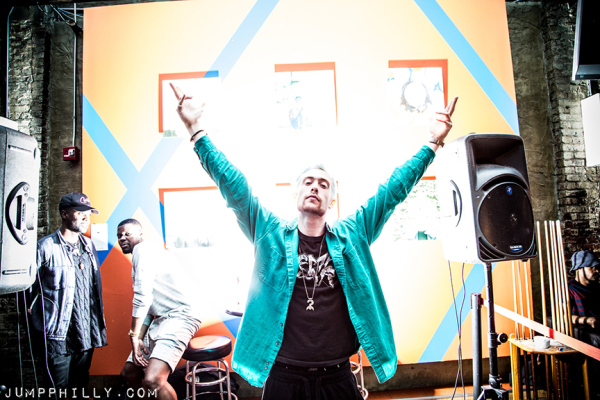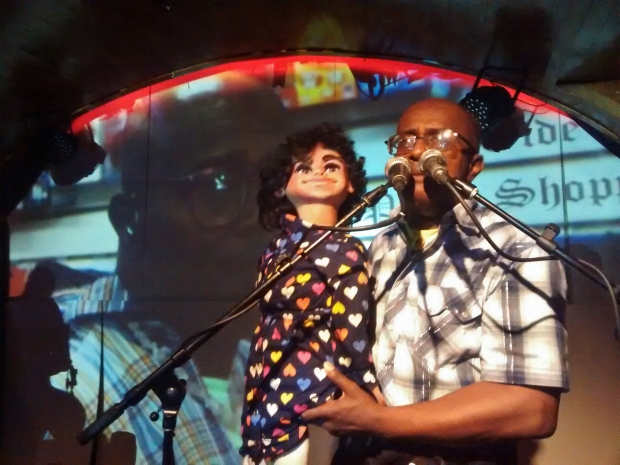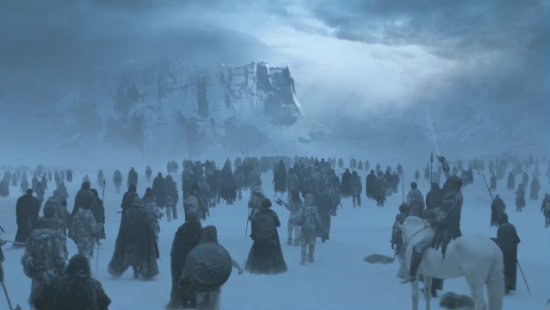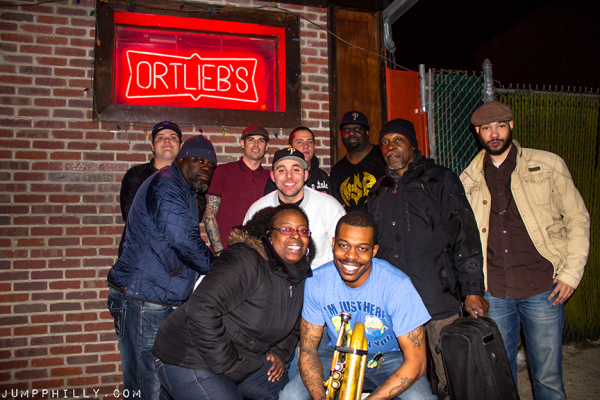From its headquarters in Seattle, Amazon gives back to its community through an extraordinary program.
The multi-billion dollar company, headed by the richest man in the world, certainly doesn’t have to act selflessly, but there is its Community Banana Stand just the same. Indeed, thanks to the boundless philanthropy of Jeff Bezos, anyone who happens to be walking through Amazon’s sprawling South Lake Union campus for some reason can nourish their bodies with a free banana.
Now Amazon is looking to continue the spirit of giving by generously providing economic development to one lucky city. Last Thursday, the corporation released the 20 finalists in its competition for which municipality gets to be the site of its second headquarters. The competition is mostly about which city can provide the most obscene tax breaks and other “incentives” to the massive corporation (if indeed Amazon hadn’t already made up its mind before starting this process), but that doesn’t mean Amazon isn’t bringing something to the table.
On its website, Amazon has provided a handy list of numbers that show the benefits Seattle has received over the years from its presence, and suggests that other cities could get the same deal. The benefits are about as useful to the average citizen as a free banana stand.

This is of course nothing more than a press release. There’s no real transparency about how they arrived at these numbers, what they really mean, or any independent verification of them.
They pretend at statistical rigor with two footnotes (wow, those things in textbooks!), but the barest scrutiny reveals that they say extremely little. The first table of “Direct Investment” apparently comes “From 2010 (when Amazon moved its headquarters to downtown Seattle) in June 2017,” which still says nothing about where these numbers come from. The Second Table’s data comes “from 2010-2016, using Input-Output methodology and multipliers developed by the U.S. Bureau of Economic Analysis,” which sounds an awful lot like it’s saying something.
So let’s look at those numbers.
The whole left side pertaining to “Direct Investment” is vague to the point of being meaningless. The number of buildings Amazon builds, restaurants on its premises, and square footage they take up doesn’t help the city in any way, it just rings of “development” and “progress” for progress’ sake. The inclusion of “24 restaurants” is especially laughable considering the cities on the shortlist–like New York, Philadelphia, and Boston–presumably already have several restaurants.
The only number Amazon loves to tout more than its “$5 billion in construction” is it’s “as many as 50,000 high-paying jobs.”
50,000 employees sounds great, but who will those employees be? The average person isn’t going to just land one of the highly skilled jobs required at a tech company. The vast majority of those jobs will go to a college-educated, professional class and not the populations in cities that need work the most (not that working at Amazon is necessarily peachy anyway) Actually, many of those jobs won’t even go to city residents, as in the case of Amazon’s Seattle HQ, which attracts huge numbers of transplants, in turn creating a higher demand for more and costlier housing, driving up rent and accelerating gentrification.
The Capital Investment number is interesting. When a big corporation like Amazon invests in constructing offices and other necessities, who gets that money? Seattle HQ construction was handled by Microsoft co-founder Paul Allen’s company, Vulcan Real Estate. So in all likelihood, a lot of that “investment” helped further enrich another tech billionaire who sub-contracted a bunch of laborers and kept most of the profits.
The final number on this side of the table is the only straight-up public utility that Amazon claims to have invested in, and it’s also the smallest number by order of billions. Paying $43 million into public transportation is great, but it means little next to Amazon’s total impact. It means even less next to some of those “incentives” that I mentioned earlier, like $7 billion in tax cuts in Newark, 100% property tax abatement in Columbus, and the incredible “Amazon Task Force” of paid city staffers representing Amazon’s interests in Boston’s city government.
The right side of the table is even vaguer. “Investment” is an incredibly loose term, and Amazon has never spelled out what any of these numbers represent, specifically. How much of that $38 billion of “additional investments,” for example, comes from developers building luxury condos and tenants paying exorbitant rent for them?
Amazon’s presence will create “benefits,” but mostly ones that can only be enjoyed by a certain class of people, and the majority of people will suffer because of it. Imagine if the Olympics came to town, but then never left.
Here are some numbers that aren’t on Amazon’s press release:
Apartment rents in Seattle have risen 63% since 2010.
Seattle has the 3rd highest homeless population in the United States. The homeless population in King County continues to rise every year, and Seattle declared it a civil state of emergency in 2015).
It would be impossible to argue that Amazon alone is responsible for these appalling figures. But to assert that the corporation’s presence and activity in Seattle has contributed to catastrophic increases in cost of living, widespread displacement, and rising inequality is made on much firmer ground than these supposed billions in “indirect investment.”
And really, how much community investment can we expect from the man who wanted to displace people living on an Indian reservation to avoid paying taxes?
Also absent from Amazon’s list is any mention of investment in education, healthcare, or public housing. And if you do get Amazon in your city, prepare for the possibility of your favorite corner of town transforming into a corporate hive of lanyard-wearing professionals running to and fro. One Seattleite said of his hometown: “What was once a quirkily mellow, solidly middle-class city now feels like a stressed-out, two-tier town with a thin layer of wealthy young techies atop a base of anxious wage workers.”
When things are touted as good for the City with a capital “C,” the benefits don’t ever seem to trickle down to the average citizen. That is, unless you believe free bananas to be a benefit.
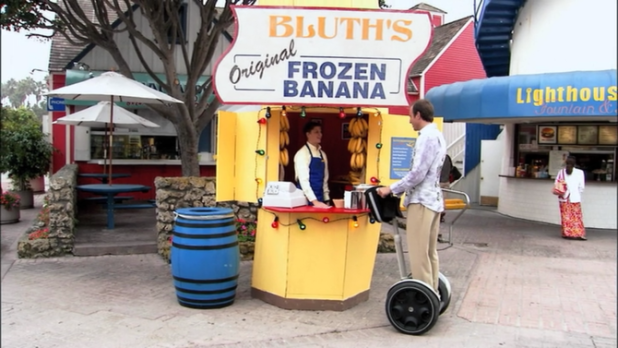


 Text by
Text by 